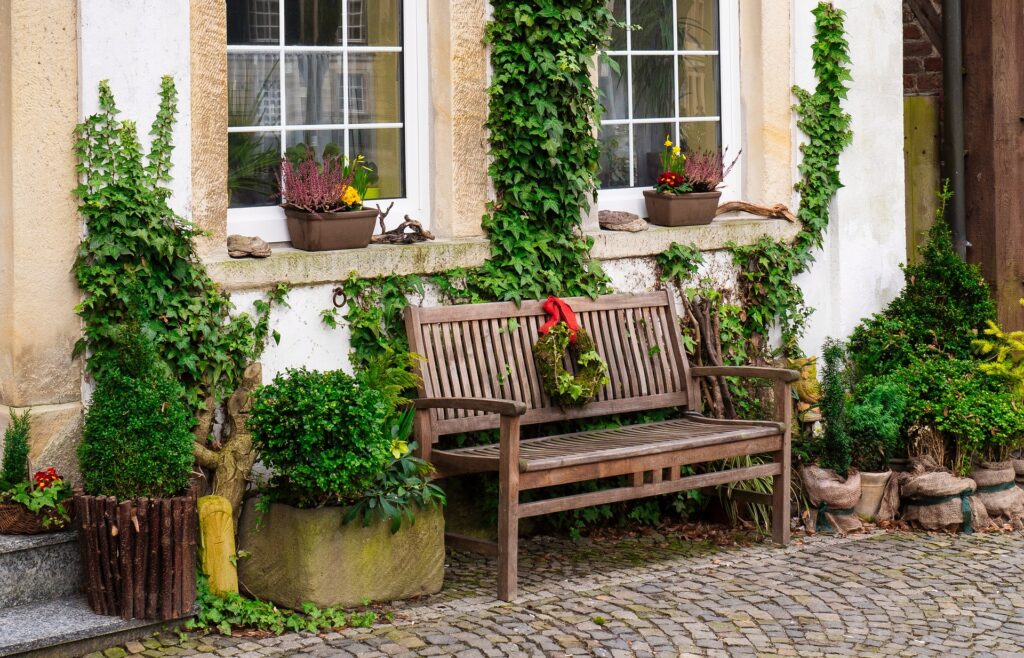
Gardening is a rewarding and therapeutic activity that offers a wide array of styles to suit every preference and environment. Whether you’re an urban dweller with limited space or a countryside enthusiast with acres of land, there is a garden type for you. Let’s explore the different types of gardens and their unique characteristics.
1. Container Gardens

Container gardens are perfect for those with limited space, such as apartment balconies or small patios. They involve growing plants in pots, containers, or other portable vessels. This type of garden allows for versatility and mobility, making it easy to change your garden’s layout.
Ideal For: Urban settings, small spaces, beginners.
Popular Plants: Herbs, annual flowers, small shrubs, vegetables.
2. Raised Bed Gardens
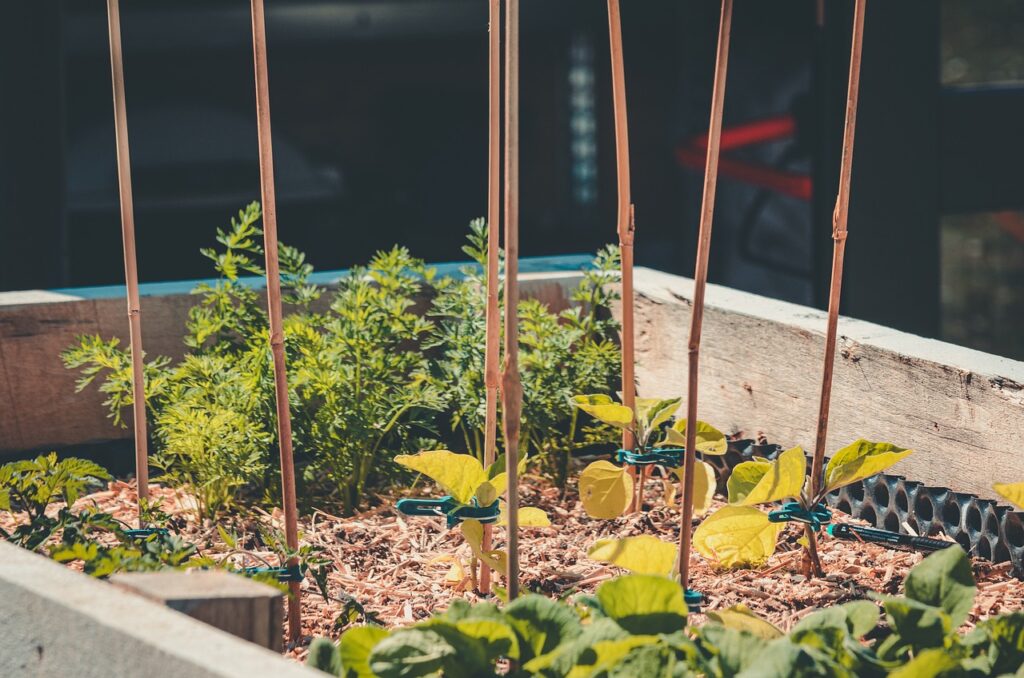
Raised bed gardens are elevated garden plots that offer better control over soil quality and drainage. These gardens are easier to maintain and can be a great option for those with poor soil conditions or limited mobility.
Ideal For: All settings, improved soil management, ergonomic gardening.
Popular Plants: Vegetables, herbs, flowers, perennials.
3. Vertical Gardens
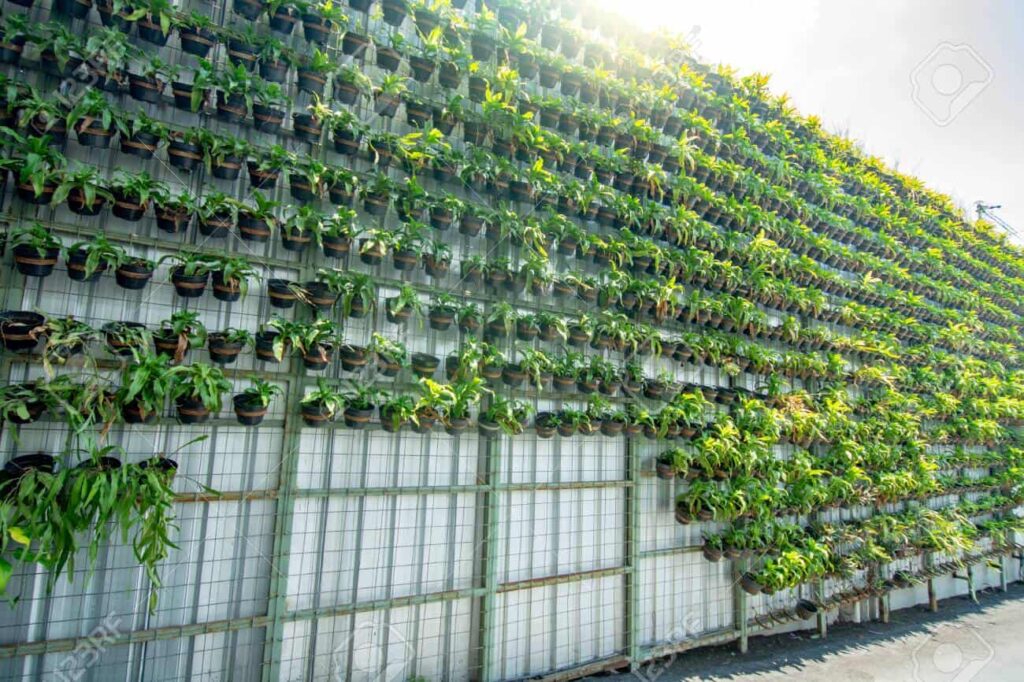
Vertical gardens maximize space by growing plants upwards rather than outwards. This method is excellent for small spaces and urban areas. Vertical gardens can be created using trellises, wall-mounted planters, or even repurposed materials like pallets.
Ideal For: Small spaces, urban environments, decorative gardening.
Popular Plants: Vines, trailing plants, herbs, leafy greens.
4. Traditional In-Ground Gardens
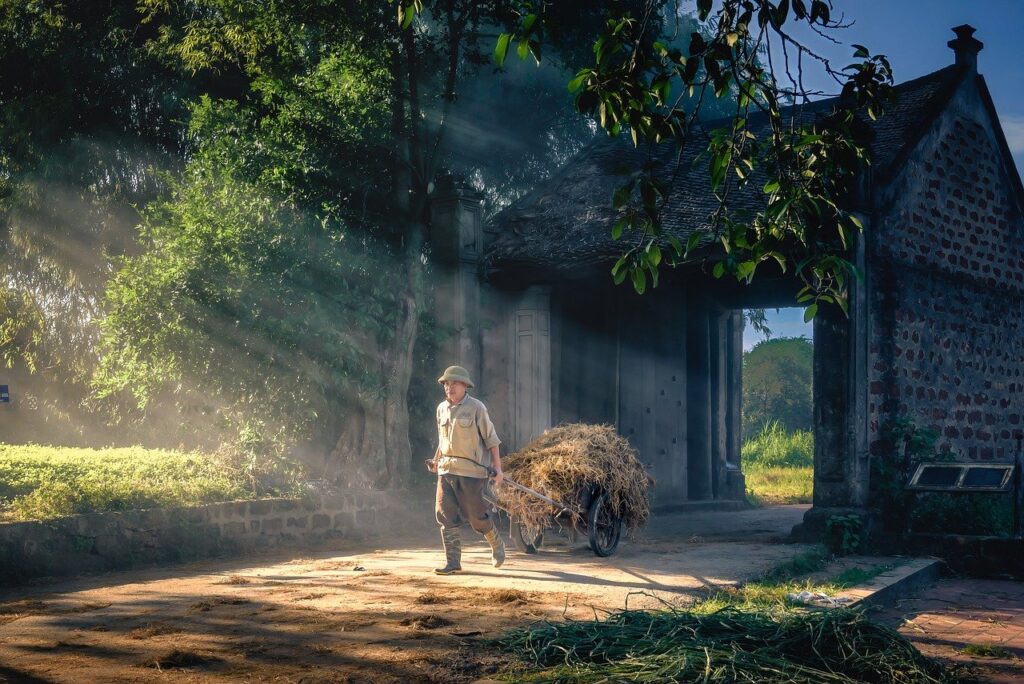
Traditional in-ground gardens involve planting directly into the earth. This type of garden is best suited for those with ample outdoor space and good soil quality. It allows for the cultivation of a wide variety of plants and can be designed in numerous styles.
Ideal For: Suburban and rural areas, large spaces.
Popular Plants: Vegetables, flowers, shrubs, trees.
5. Rock Gardens
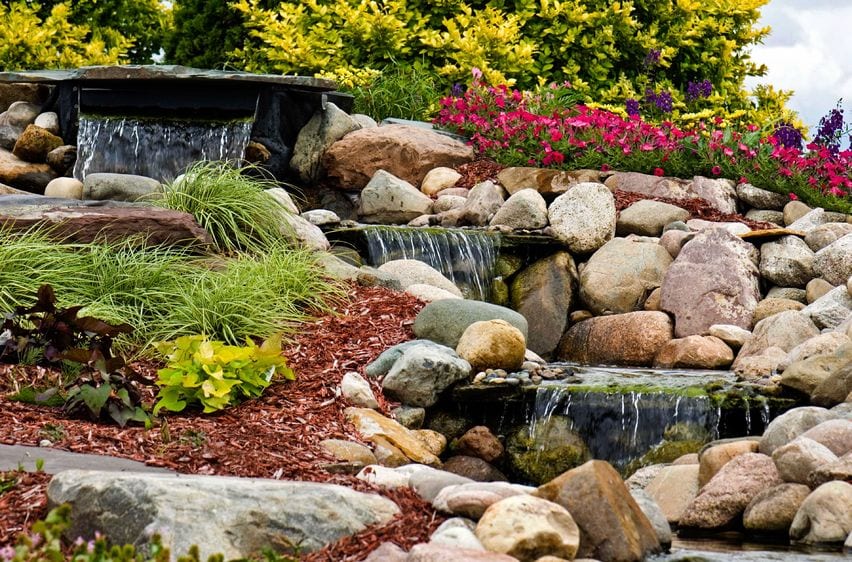
Rock gardens feature plants that thrive in rocky, well-drained soil. They are designed to mimic alpine conditions and often include a variety of succulents and drought-tolerant plants. Rock gardens are low-maintenance and add a unique aesthetic to any landscape.
Ideal For: Dry climates, decorative landscaping, low maintenance.
Popular Plants: Succulents, alpine plants, ornamental grasses.
6. Herb Gardens

Herb gardens are dedicated to growing a variety of herbs for culinary, medicinal, and aromatic uses. These gardens can be planted in-ground, in raised beds, or in containers, making them suitable for any space.
Ideal For: Culinary enthusiasts, small to medium spaces.
Popular Plants: Basil, mint, rosemary, thyme, parsley.
7. Water Gardens

Water gardens incorporate aquatic plants and can include features like ponds, fountains, or waterfalls. These gardens create a tranquil environment and can support a variety of wildlife, such as fish and frogs.
Ideal For: Large outdoor spaces, creating a peaceful atmosphere.
Popular Plants: Water lilies, lotus, aquatic grasses, submerged plants.
8. Pollinator Gardens
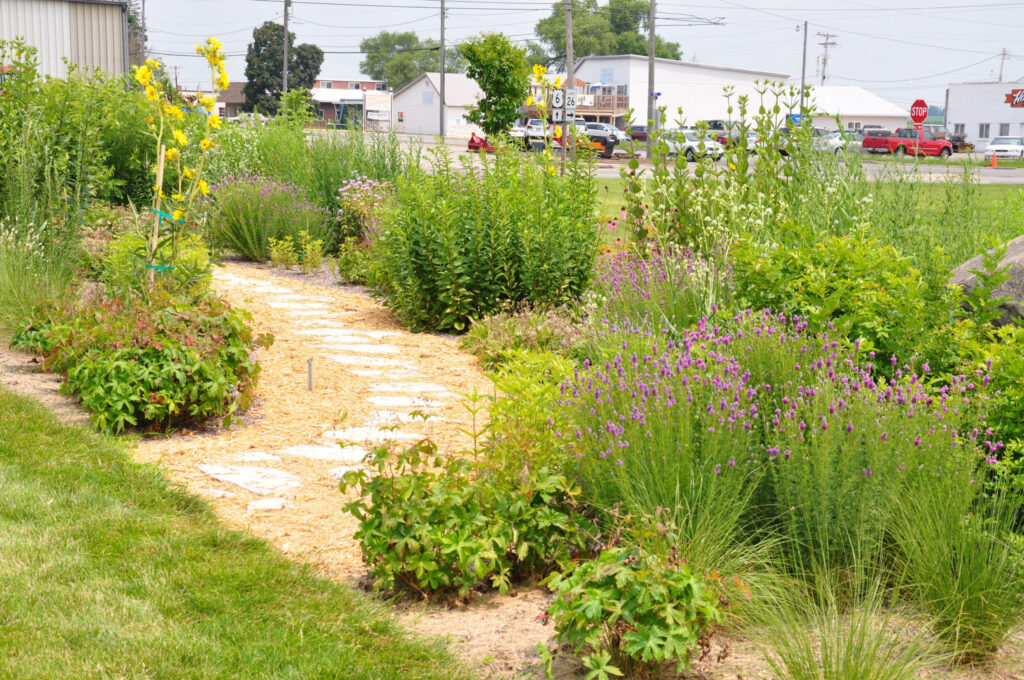
Pollinator gardens are designed to attract bees, butterflies, birds, and other pollinators. These gardens are essential for promoting biodiversity and supporting the ecosystem. They typically include a variety of flowering plants that provide nectar and pollen.
Ideal For: Eco-friendly gardening, promoting biodiversity.
Popular Plants: Milkweed, coneflowers, lavender, bee balm.